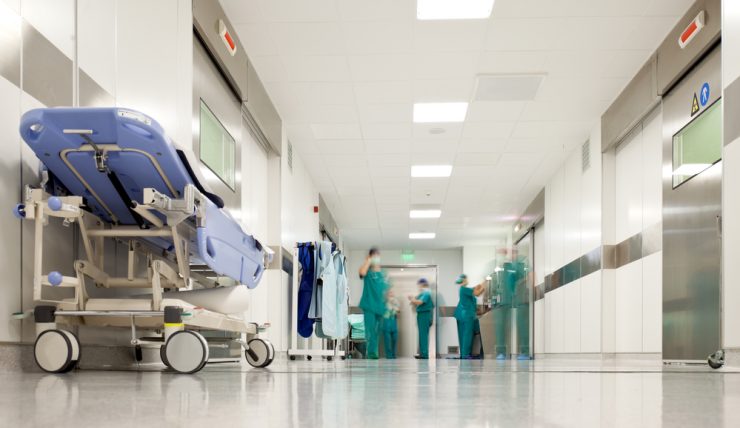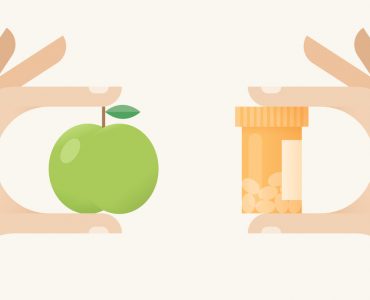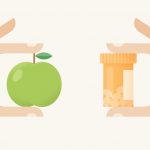Sudden infant death syndrome or SIDS is the sudden and unexpected death of a healthy baby under two years of age. It is also referred to as cot death. About 90% of SIDS deaths happen within the first six months of a baby’s birth. Although this is a rare syndrome, it is still the commonest cause of death in young babies just over a month old. Boys have a higher risk tendency than girls. Also, premature babies and those born with less than average birth weight have a higher chance of death through SIDS.
Causes of SIDS
The exact and definite cause of SIDS is not known till now. However, in any unexpected death, where the cause is unclear, the coroner draws up an investigation, example a post mortem, to find a medical reason for the same. In SIDS, a cause can be attributed for even less than 50% of babies who die abruptly.
Although causes are not clear, associated risk factors can help in some way to find an answer to these sudden deaths. SIDS is more often found in babies
- Who are male
- Who have low weight at birth
- Who are prematurely born
- Whose siblings have died due to SIDS
The other factors which raise chances of SIDS are
Tobacco smoke exposure during pregnancy and/or after birth can increase risk of SIDS for the baby. During pregnancy, smoking can increase chances of SIDS death to four times than not smoking. After birth, if the baby is incessantly exposed to a tobacco smoke environment, likelihood of SIDS death is eight times higher than if the baby is in a smoke-free atmosphere.
Sleeping – depending on how and where the baby is made to sleep can affect chances of SIDS. Babies risk of SIDS increases if he/she is sleeping next to an adult instead of their own crib, sleeping on their stomach or side and sleeping with a pillow or a quilt.
Baby’s temperature, if too hot or too cold, can also increase SIDS’ risk
Prevention
SIDS is a rare condition, especially after a baby starts to crawl at about five months of age. In the first few months, one can follow some tips to reduce the risks of SIDS. These are outlined below
Sleeping position – the best way to put a baby to sleep is on the back with feet touching the foot of the crib. The cover sheet or blanket should ideally be tucked securely on the sides and should not cover the baby higher than the shoulders. This would ensure that the baby does not wriggle under the cover and the sheet also cannot go over the baby’s head. When awake, the baby can be playing any different positions, on the side or on the tummy, it is all fine as long as they don’t sleep on their front. As babies sleep long hours on their backs, their head can become flatter on the back, this is called plagiocephaly. This is not serious and has no implications on baby’s health. In fact, the shape of the head becomes rounder as the baby grows older.
Smoking – it is important to raise your baby in a healthy environment which is free of tobacco smoke. So if you cannot quit smoking as a habit, it is advisable not to smoke indoors, or even at the windows or balconies of the house. Please step out of the house and smoke outdoors.
Sharing a bed – the ideal place to put the baby to sleep, for the first six months, is in its own cot or crib which can be in your room. The baby, under six months, should never share the bed with an adult or sleep alone in an adult bed, as accidents can occur. For an instance, baby can have a fall from the bed or get stuck between the bed and the wall. If sharing bed with an adult, one can roll over in sleep and suffocate the infant, by mistake. If one is drowsy under the effect of medication or alcohol, then sharing bed with an infant can be dangerous. Sleeping on the sofa with the infant can also increase risk of SIDS.
Using a dummy – babies who use a dummy while sleeping is at a lower risk of SIDS, as per recent studies. It is understood that the heavy handle of the dummy might avoid suffocation of the baby even when the cover sheets are over the babies face. Use of dummy also helps build up nerves controlling babies upper respiratory system. However, not all babies take a fancy to dummies and it should be fine either way.
Room temperature – it is vital to maintain a comfortable temperature in the baby’s room. A good temperature is 16-20 C or 61-68 F, the ideal being 18C or 64F. If the babies are too hot because of high room temperature or being covered with too many layers of clothing or blankets, their chances of getting SIDS go up. On the contrary, one should also ensure that the baby is not too cold, as this also increases risk of SIDS. One can have a room thermometer to monitor the room temperature. Never use a hot water bottle or an electric blanket for a baby. Also ensure that baby’s cot is not placed close to a heater, fireplace, and radiator or in bright sunlight. Babies under one year should be given thin cover sheets or blankets instead of quilts or pillows.
One must be responsive to baby’s health indications. If you feel baby is not well or show signs of concern like shortness of breath, feeling sweaty or hot, looking pale, has a skin rash or is not behaving normally, its best to get medical help.
The CONI or care of the next infant is a scheme offering support and advice to parents to avoid future cot deaths. It helps to learn mouth to mouth resuscitation techniques for infants to prevent SIDS.













